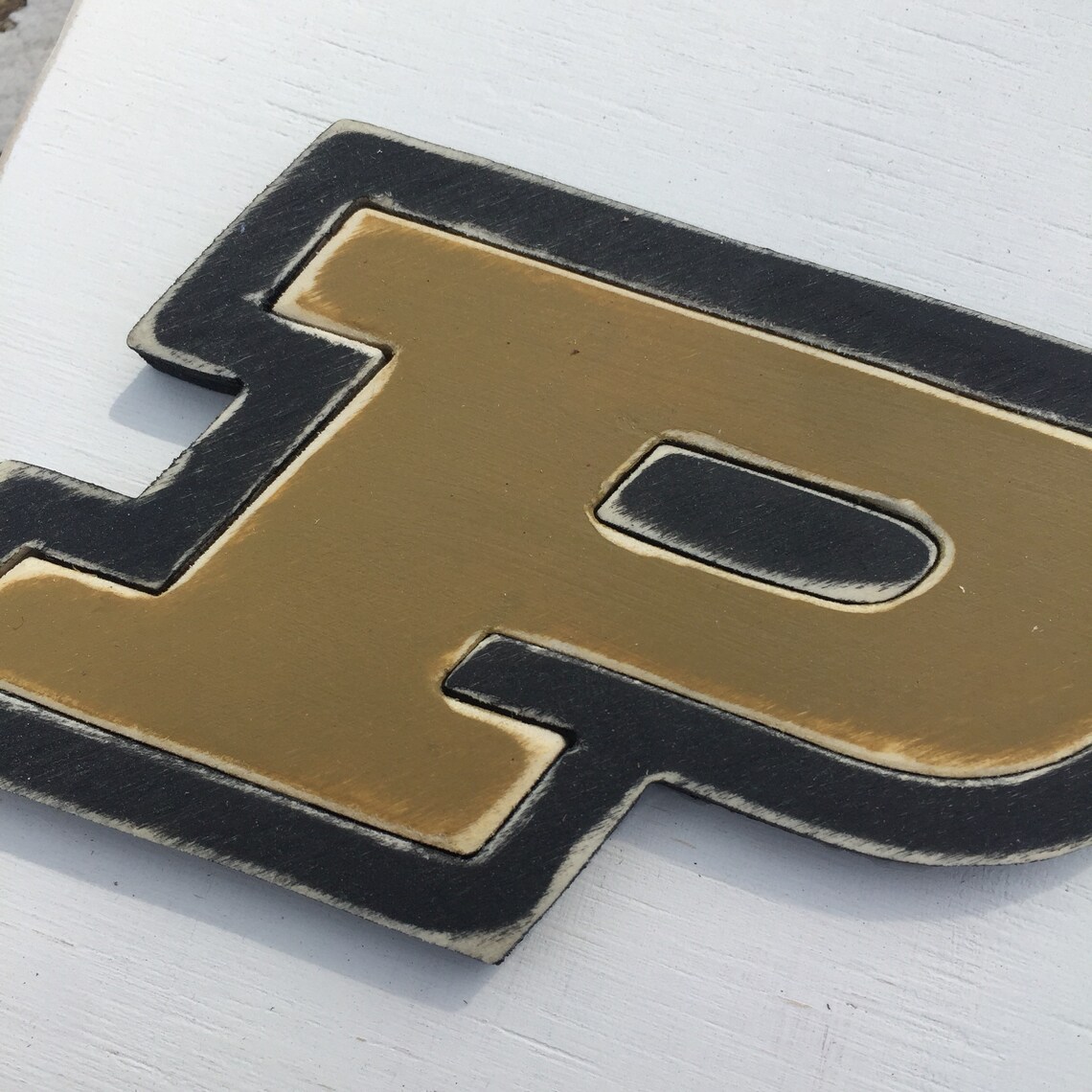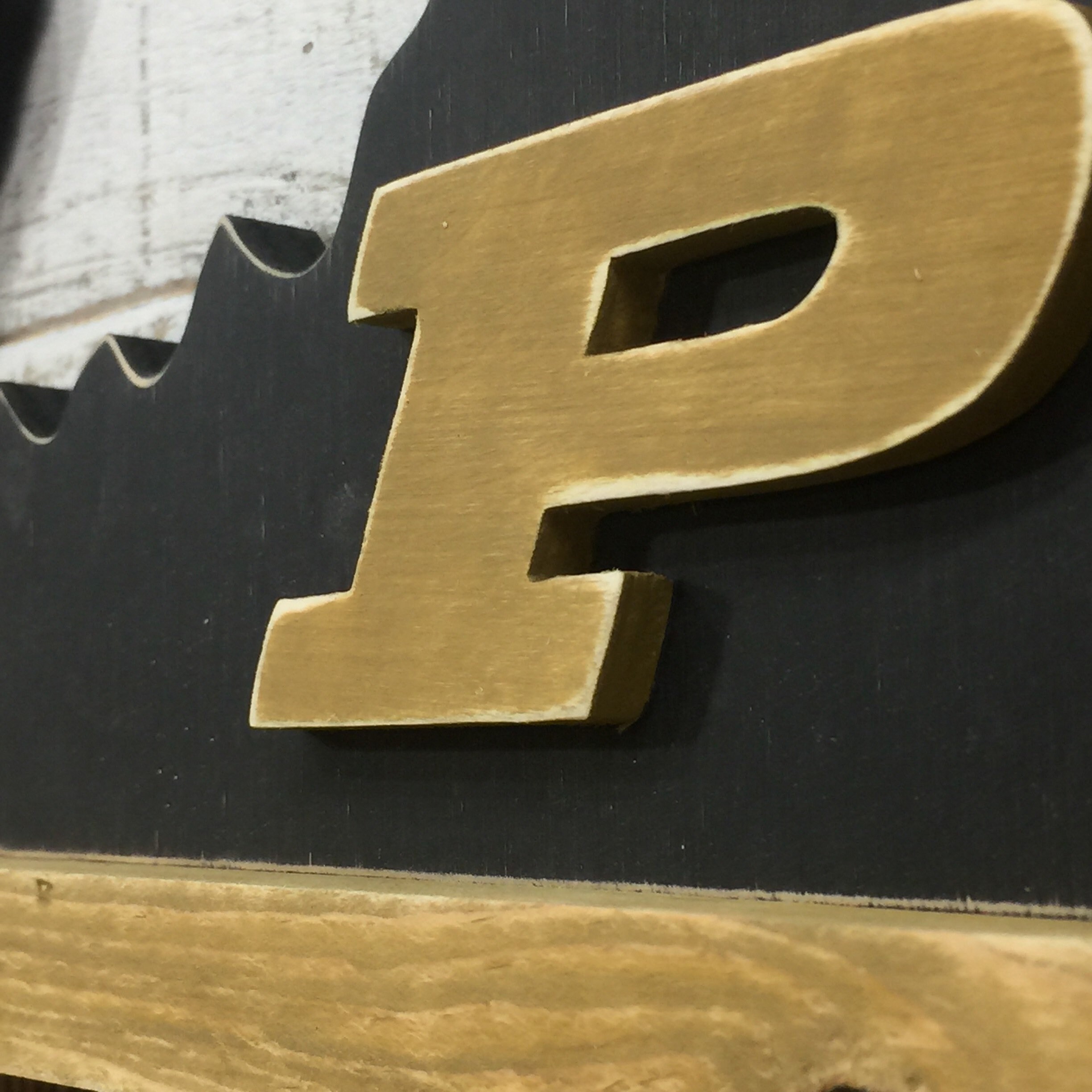

For out-of-state students like his son, this meant $28,794 in tuition for a total annual bill of $41,614. In-state tuition reached $9,992, and the full cost of attending – commonly referred to as the sticker price – was $22,782. Pavlopoulos’ eldest child was scrolling through college websites as a high school junior in 2013, prices had soared. Purdue University President Mitch Daniels (right) speaks to reporters in March 2013, when the school's tuition freeze – now 10 years old – was started.īy the time Mr.

A persistent question he heard then, he says, was, “Isn’t there someplace to get a quality education that won’t put us deeply in debt?” Bush – traces the freeze idea back to his state governorship.

Daniels – who retires at the end of the calendar year with a résumé that includes big-business CEO and director of the Office of Management and Budget for President George W. Sitting in his office by the campus bell tower, Mr. When the university managed to absorb it just by tightening its belt, the board greenlighted a second year, then a third. As applications soared, enrollment grew, and proud alumni opened their wallets, the “freeze” itself became a large source of income. The freeze meant forfeiting some $40 million from a regular increase in price. “If an institution prioritizes affordability, you’d be surprised – we’ve been surprised – by how much progress can be made,” says Mitch Daniels, the former Indiana governor who announced the tuition freeze in the spring of 2013, just months after he became Purdue’s president. Students taking a break in the cool, wood-paneled spaces of Purdue Memorial Union on a recent scorching summer day will pay no more than Boilermakers did 10 years ago – and many will likely get their bachelor's debt-free, as some 60% did in May. Millions of American college graduates are chained to student loan debt, but at Purdue University an innovative price freeze allows 60% of undergraduate students to graduate debt-free.


 0 kommentar(er)
0 kommentar(er)
